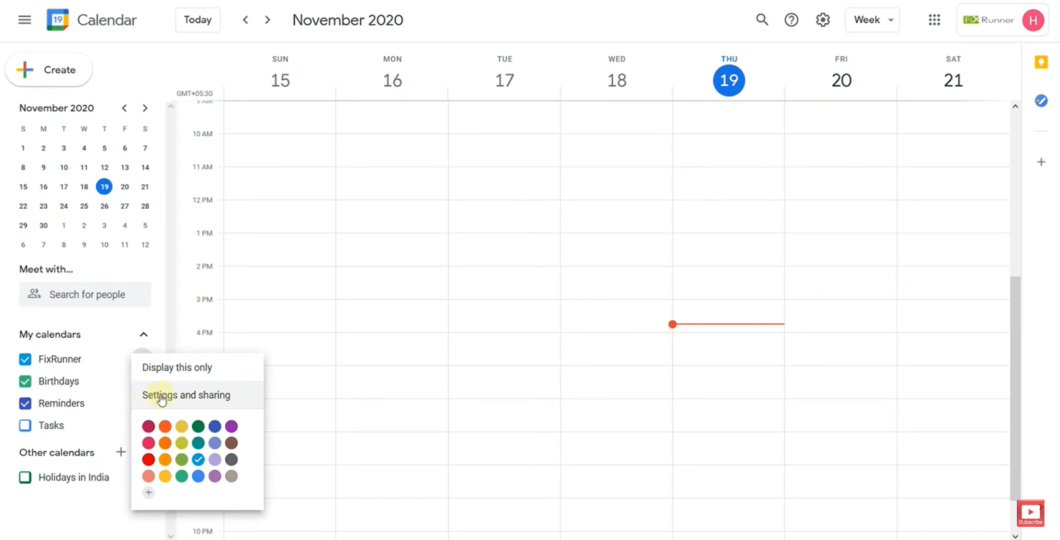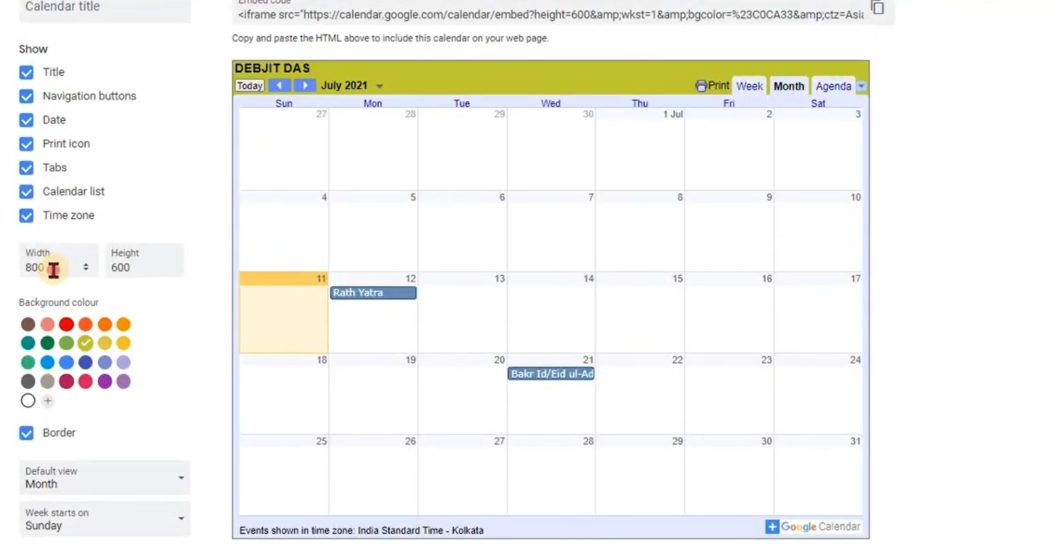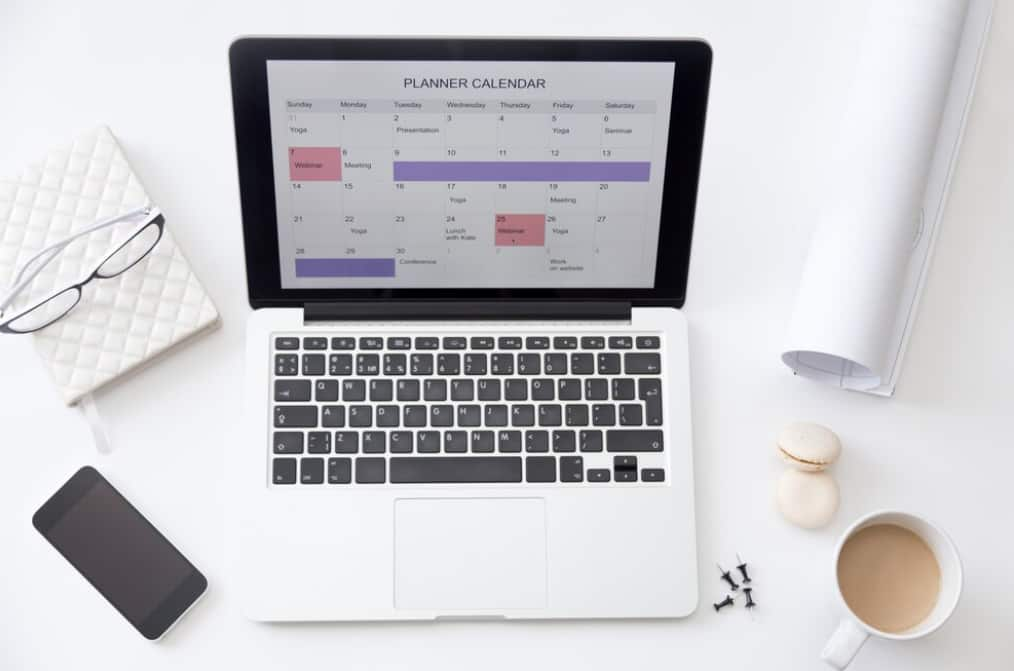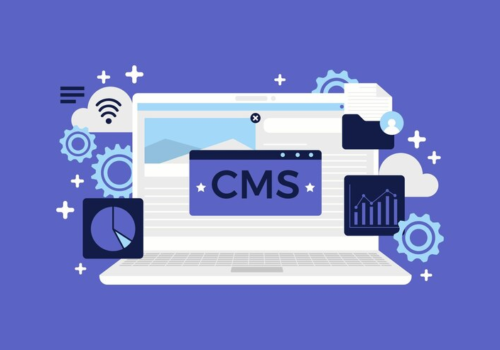A Guide to Adding Google Calendar to WordPress
Google Calendar, a multifaceted tool for organizing schedules, handling events, and boosting productivity, is widely recognized and used globally, highlighting its importance and making it an indispensable feature for your website. Integrating Google Calendar with your website presents an outstanding opportunity. Additionally, to optimize your WordPress site’s search engine visibility, this guide will show you the process of marking certain pages as ‘noindex’.
Currently, over a quarter of a million websites are categorized as Google Calendar users, with around 100,000 actively utilizing its functionalities. If you’re new to Google Calendar, you might wonder why it’s so popular. It offers a range of functions like arranging meetings, setting up reminders, managing and responding to invites, as well as sharing and viewing calendars, among others.
In this guide, we will walk you through the steps to incorporate WordPress into Google Calendar, helping you to fully leverage the capabilities of this outstanding tool.
Google Calendar: An Overview
Google offers a range of applications, among which Google Calendar stands out for its ability to streamline daily tasks and schedules. This tool is not only effective by itself but also increases efficiency when integrated with other Google services such as Gmail.
For businesses, Google Calendar is especially advantageous, offering various functionalities such as scheduling events, inviting participants, arranging repeated events, handling attendee lists, and designating certain attendees as optional. Additionally, subscribers to G Suite’s advanced services receive additional benefits in Google Calendar, like the capability to conduct video conferences and enhanced control over event locations.
The Benefits of Integrating Google Calendar with WordPress
Having examined why various individuals, groups, and businesses value Google Calendar, it’s important to consider its potential benefits when added to your WordPress site:
- Keep Your Audience Updated on Events: Integrating Google Calendar with your site allows you to inform your audience about forthcoming events. This facilitates better planning and participation, ensuring attendees are prepared and engaged in your hosted events;
- Streamline Your Own Appointments: While the previous point focuses on your audience, this feature is for your personal benefit. Google Calendar helps in efficiently organizing your appointments, enabling you to list, schedule, and note down details, set reminders, and optimize your work hours. Originally a personal tool, its integration with your site significantly extends its usefulness.
Adding Google Calendar to your WordPress site brings numerous perks, such as creating events, organizing recurring meetings, managing participants, and enabling video conferences, to name a few. Despite the availability of other plugins with similar features, Google Calendar’s comprehensive functionality makes it a preferred option.
Additionally, the strong brand recognition of Google enhances its attractiveness. While other plugins might offer unique features, they often don’t measure up in terms of practical use. Even when these plugins charge for advanced features, they typically don’t offer the same level of functionality as Google Calendar. Thus, investing in enhancing the capabilities of Google Calendar on your site often represents a more effective allocation of resources.
Integrating Google Calendar into WordPress

Discover three distinct methods to incorporate Google Calendar into your WordPress website:
- Utilizing a Plugin;
- Through the WordPress Block Editor;
- Implementation via HTML.
Each of these techniques is highly efficient, allowing you to select the one that aligns with your abilities and requirements. Let’s delve into the details of each approach.
Integration of Google Calendar into WordPress Using a Plugin
Exploring the method of integrating Google Calendar with a WordPress site involves a clear-cut plugin process, emphasizing three main steps. The plugin ‘Simple Calendar’ is often recommended for this task, standing out among various options. It streamlines the process of displaying Google Calendar on a WordPress website.
With Simple Calendar, features such as presenting events on a weekly, monthly, or list basis are available. It also automatically synchronizes with Google Calendar, removing the necessity for manual updates within WordPress. Users also benefit from the ability to tailor its look and enhance its features through various add-ons or by combining it with other plugins.
Step 1: Incorporating Simple Calendar into WordPress
Begin by integrating Google Calendar with your WordPress site through the installation of Simple Calendar. Follow these steps:
- Navigate to the Plugins section in your WordPress dashboard;
- Click on Add New and enter ‘Simple Calendar’ in the search box;
- Locate ‘Simple Calendar – Google Calendar Plugin’. Click on Install Now and wait for the installation to complete;
- Proceed to Installed Plugins, then activate Simple Calendar;
- Upon completion, a Calendars section with a calendar icon should appear in your sidebar, signifying a successful installation of Simple Calendar.
Step 2: Linking Your Site with Your Calendar
Having installed and activated Google Calendar, the next step is to connect it to your WordPress site. To configure the plugin:
- Click on Calendars, then Settings;
- In the Event Sources tab, you will be prompted to enter a Google API key. For instructions on obtaining this key, refer to the Google Developers Console;
- At the console, click on Create Project in the top right, enter your desired project name, and click Create;
- You’ll be directed to the APIs and Services page. Here, click on Enable APIs and Services to access the API Library;
- Search for Calendar API, select Google Calendar API, and enable it;
- Go to the Credentials tab, click Create Credentials, and select API Key;
- After the API key is generated, click Restrict Key for added security;
- Under Application restrictions, choose HTTP referrers (websites);
- In Website restrictions, click Add an item and input your site’s URL, then click Done;
- In API restrictions, choose Restrict Key and select Google Calendar API, then click Save;
- Copy the generated API key, return to Calendars Settings in your WordPress dashboard, paste the key, and save changes.
Step 3: Showcasing Google Calendar on WordPress

This final step will guide you through the process of showcasing Google Calendar on your WordPress website.
- First, navigate to Google Calendar and open the Settings menu;
- Under ‘Settings for my calendars’ in the sidebar, select the calendar you want to display;
- Go to Access Permissions and ensure the ‘Make available to the public’ option is checked;
- Next, find and click on ‘Integrate calendar’. Here, you need to copy the ID listed under ‘Public address in iCal format’;
- Switch to your WordPress site and navigate to the ‘Calendars’ section. Here, click on ‘Add New’;
- Give your calendar a name and scroll down to ‘Calendar settings’. Choose the Google Calendar option;
- In the ‘Calendar ID’ field, paste the ID you copied earlier (the one under ‘Public address in iCal format’) and then hit the ‘Publish’ button.
For those who opt against using external tools, there are other ways to incorporate Google Calendar into WordPress without employing a plugin.
Google Calendar Integration in WordPress Block Editor
Utilize the Google Calendar Block in the WordPress block editor for a straightforward and efficient way to add Google Calendar to any post or page on your site. This approach requires no coding expertise.
Here’s how to use the Google Calendar Block:
- Navigate to the page or post where you wish to insert the Calendar. Click on Add Block;
- In the block search field, type ‘Google Calendar’ and select the appropriate block;
- Once the block is added, you will need to set up permissions for the calendar you intend to share. This involves obtaining and pasting the calendar’s embed code into the block.
To acquire the embed code:
- Go to Google Calendar and click on the three dots next to your desired calendar, then select ‘Settings and sharing’;
- In the ‘Access Permissions’ section, enable public visibility by selecting ‘Make available to the public’. A warning will appear to confirm that all your events will become visible. Click ‘Ok’ to proceed;
- Navigate to ‘Integrate Calendar’ and copy the provided Embed code. This code will be used on your WordPress site. Note that the code includes your email, so ensure you’re comfortable with the calendar being publicly accessible;
- Return to your WordPress post or page, paste the embed code in the designated field, then click ‘Embed’ and save your changes.
Your Google Calendar is now embedded in your WordPress site. For further customization, click on the ‘Customise’ button within the block. This allows you to alter aspects such as colors, button styles, sizes, tabs, and icons to better match the aesthetic of your site.
Integrate Google Calendar with WordPress Using HTML
Incorporating Google Calendar into your WordPress website can also be effortlessly achieved through HTML, even if you’re not tech-savvy. This user-friendly method requires no programming expertise yet proves to be highly effective.
- To begin, navigate to the WordPress page or post where you desire to showcase your calendar;
- Next, insert a new ‘Custom HTML Block’. This is where you’ll paste the embed code of your Google Calendar;
- To acquire the embed code, follow steps 4 to 6 as outlined in the block editor technique previously mentioned. This involves visiting Google Calendar, selecting the 3 dots adjacent to your calendar, proceeding to ‘Settings and sharing’, making your calendar publicly accessible under ‘Access permissions’, moving to the ‘Integrate Calendar’ section, and copying the Embed code;
- After obtaining the embed link, embed it in the HTML Block and apply the changes;
- Congratulations, your Google Calendar is now integrated into your WordPress site!;
- Remember, WordPress will automatically convert the embed code into a shortcode for ease of use;
- For those utilizing the Classic Editor instead of Gutenberg, simply embed the code directly in the HTML tab;
- With your calendar now displayed on your site, explore ways to maximize its utility.
Personalizing Google Calendar in WordPress
To start customizing, navigate to the ‘Calendars’ section and select the ‘All Calendars’ tab. Choose the calendar you want to modify and access its editor. In the editor, scroll to ‘Calendar Settings’ and click on the ‘Appearance’ tab. This is where the customization process becomes exciting. You can alter various aspects of your calendar’s appearance including colors, design, and more. Some of the customizable options you have include:
Selecting between a Light or Dark theme to match your preference. Choosing a specific color to highlight the active day and event dates on your calendar. Experimenting with different color schemes to find the perfect match for your website’s overall aesthetic.
Google Calendar Embed: Shortcodes & Widgets
After integrating Google Calendar with your WordPress website, a new ‘Add Calendar’ option will appear alongside the existing ‘Add Media’ button during the creation of posts or pages. This feature simplifies the process of incorporating the calendar into your content. If this button is not visible, you can still embed the calendar using shortcodes and widgets.
- For Shortcodes: Upon adding a calendar via the ‘Calendars’ section, you’ll see a shortcode at the screen’s bottom right corner. Use this shortcode in your posts or pages where you wish to display the calendar;
- Regarding Widgets: The Simple Calendar plugin offers a widget to display your calendar. Go to ‘Appearance’ > ‘Widgets’ in your WordPress Dashboard to find a range of widgets. From there, you can drag the Simple Calendar widget to the preferred area on your website.
These options provide easy ways to feature your calendar on different parts of your site, thereby enhancing the integration and functionality of WordPress with Google Calendar.
Strategies for Getting the Most from Google Calendar
Integrating Google Calendar into your WordPress website marks the beginning of enhanced event and meeting management. Beyond basic meeting scheduling, Google Calendar offers a suite of tools to elevate your organizational skills. Explore these advanced tips to fully leverage Google Calendar’s capabilities.
- Scheduling Group Meetings: Organizing meetings with multiple participants can be challenging. Google Calendar simplifies this with its “Find a Time” feature. After setting up an event and adding attendees, navigate to the “Find a Time” tab. This tool assists in identifying a time slot suitable for all participants, streamlining the scheduling process;
- Controlling Meeting Invites: For GSuite users, managing meeting invites is more efficient with the “Block Appointment Slots” feature. By setting specific times for availability, you can prevent inconvenient meeting requests. Create an event for your available time slots, select “Appointment slots”, and share the generated link to your calendar’s appointment page, directing colleagues to book slots within your designated times;
- Incorporating Holidays and Events: Google Calendar allows the addition of various events, including holidays, sports events, and even lunar phases. To utilize this feature, click the 3 dots next to your calendar, choose “Settings and sharing”, then navigate to “Add Calendar”. In the “Browse calendars of interest” section, select and activate your preferred calendars. These events will appear under “Other calendars”;
- Managing Time Zones for Global Teams: For teams working across different time zones, Google Calendar’s time zone functionality is invaluable. Access this by clicking the 3 dots beside your calendar and selecting “Settings and sharing”. Here, set your primary time zone and enable a secondary one if needed, ensuring efficient scheduling across time zones. Labels and a world clock can also be added for enhanced time zone management.
Conclusion
The integration of Google Calendar into WordPress provides enhanced management and organization of your events and meetings. The various methods detailed above make this integration a straightforward process. With several tips to maximize its use, Google Calendar proves to be an essential tool for any WordPress user.





